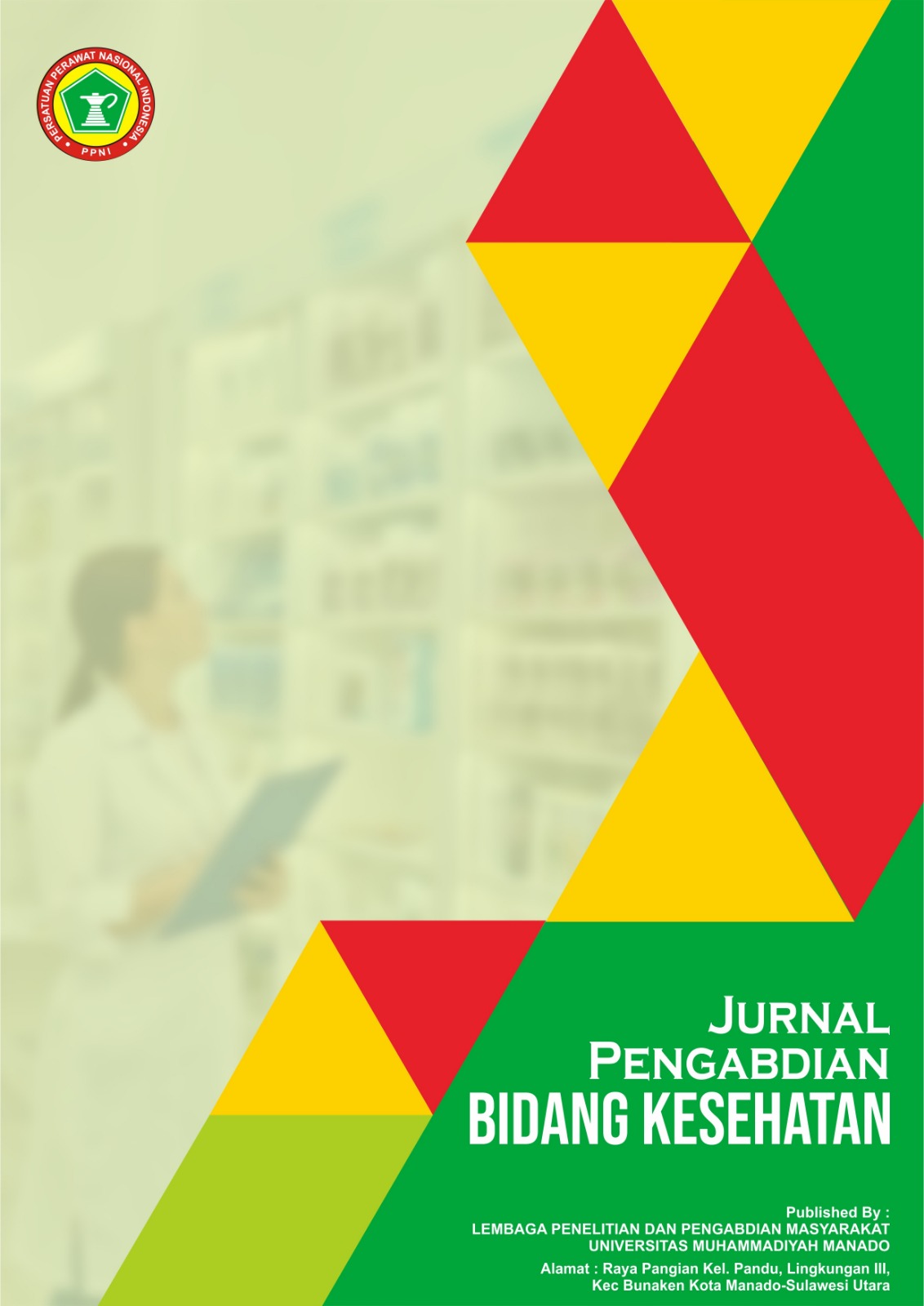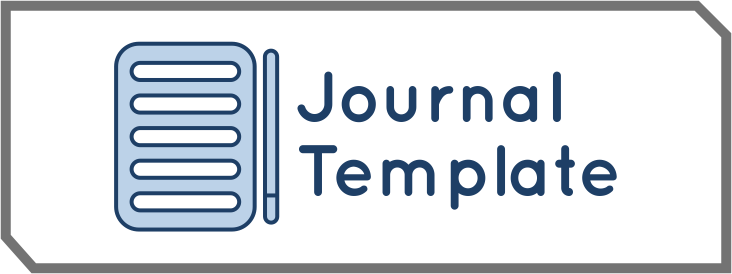Edukasi Kesehatan Isi Piringku pada Anak Usia Sekolah di SDN 01 Sangalla Utara Kabupaten Tana Toraja
DOI:
https://doi.org/10.57214/jpbidkes.v2i4.153Keywords:
nutrition education, fill my plate, school age childrenAbstract
School-aged children need adequate nutrients that support children's growth and development. Children can learn, play and develop optimally which is supported by nutritious and balanced food intake (Marfuah et al., 2022). School-aged or elementary school (SD) children are easily affected by malnutrition. Several factors that cause nutritional problems in school-aged children include parents' economic difficulties and low intake of nutritious food. Apart from that, parents' lack of awareness of the importance of nutrition, irregular eating patterns, and wrong eating habits also have negative effects related to nutrition (Rahmi, 2020). Apart from that, eating disorders such as anorexia or bulimia are related to social pressure, unhealthy body image and other emotional problems. Therefore, there is a need to increase awareness about the importance of healthy eating patterns, provide access to nutritious food, strengthen nutrition education in schools, and involve parents in supporting good eating habits at home, collaboration between parents, schools and communities as well. plays a role in supporting healthy eating patterns for children (Susanti et al., 2024). The aim of this service activity is to increase students' knowledge about the importance of optimal nutritional intake in accordance with children's nutritional needs so that it can support optimal growth and development, producing an intelligent and accomplished generation, therefore it is necessary to carry out health promotion efforts in the form of providing education and evaluation to increasing knowledge about nutrition in school-aged children so as to create a healthy, superior and achieving generation.
References
Amelia, A. R., Firdausi, I. S., & Herawati, Y. W. (2024). Upaya perbaikan gizi: Penyuluhan program Kemenkes Isi Piringku di SDN 01 Kesamben. Makkareso: Riset Pengabdian Masyarakat, IAIN Parepare, 2(1). Retrieved from https://ejurnal/iainpare.ac.id/index.php/makkareso
Kementerian Kesehatan Republik Indonesia. (2024). Isi Piringku, panduan kebutuhan gizi seimbang harian. Ditjen Kesmas. Retrieved from https://ayosehat.kemkes.go.id/isi-piringku-kebutuhan-gizi-harian-seimbang
Mattiro, S. (2019). Pengetahuan lokal ibu tentang pentingnya gizi dan sarapan pagi bagi anak. Jurnal Pendidikan Sosiologi Antropologi, 1(1), 1-11.
Rahmi, H., et al. (2020). Edukasi gizi seimbang dan Isi Piringku pada anak sekolah dasar Negeri 06 Batang Anai Kabupaten Padang Pariaman. Buletin Ilmiah Nagari Membangun, 3(2), 162-172.
Susanty, S. D., Adriani, L. N. W., Winas, V. N., & Satria, E. B. (2024). Penyuluhan kesehatan tentang Isi Piringku di SDN 09 Manggis Gantiang Tahun 2024. Empowering Society Journal, 5(1), 55-62.
World Health Organization. (2021). UNICEF/WHO/World Bank: Levels and trends in child malnutrition - UNICEF/WHO/World Bank Group Joint Child Malnutrition Estimates: Key findings of the 2021 edition. Retrieved from https://www.who.int/publications/i/item/9789240025257
Downloads
Published
How to Cite
Issue
Section
License
Copyright (c) 2024 Jurnal Pengabdian Bidang Kesehatan

This work is licensed under a Creative Commons Attribution-ShareAlike 4.0 International License.







